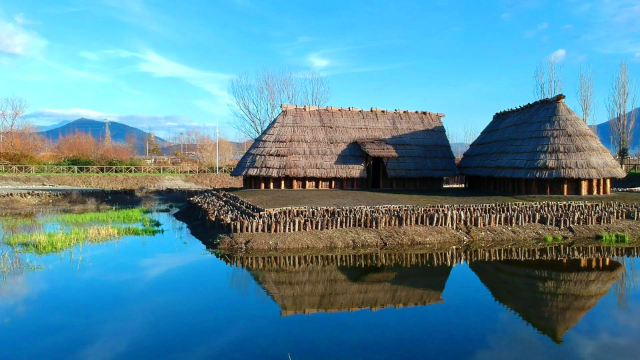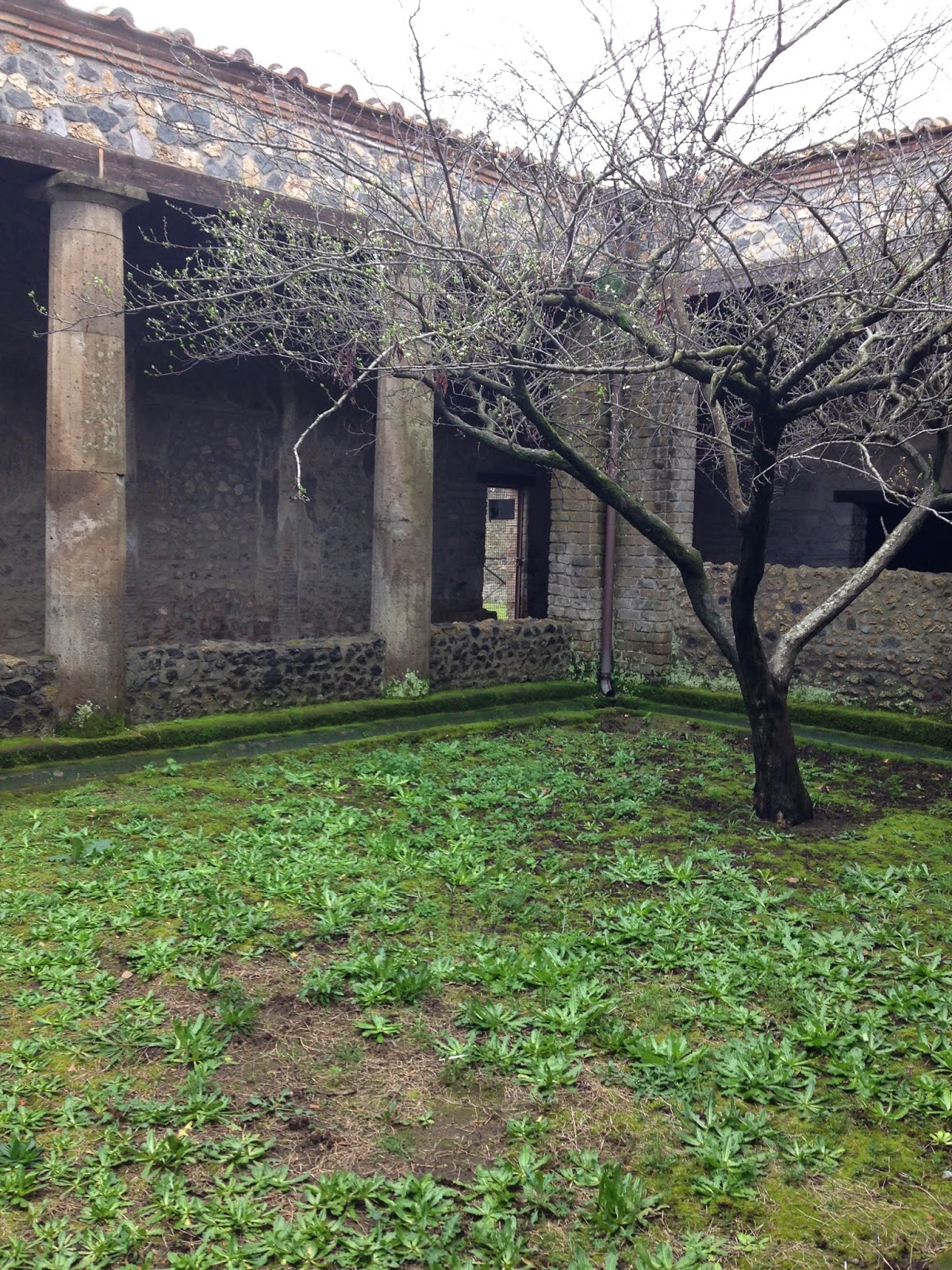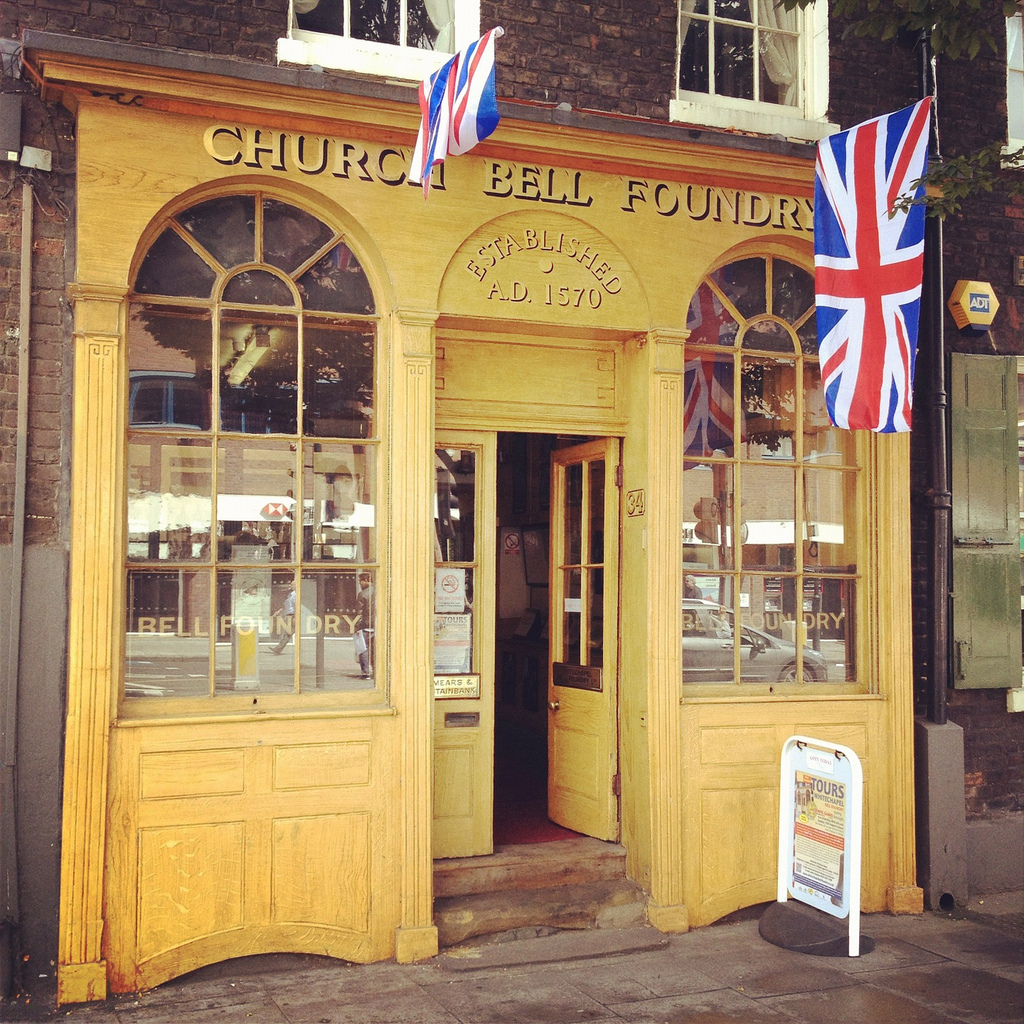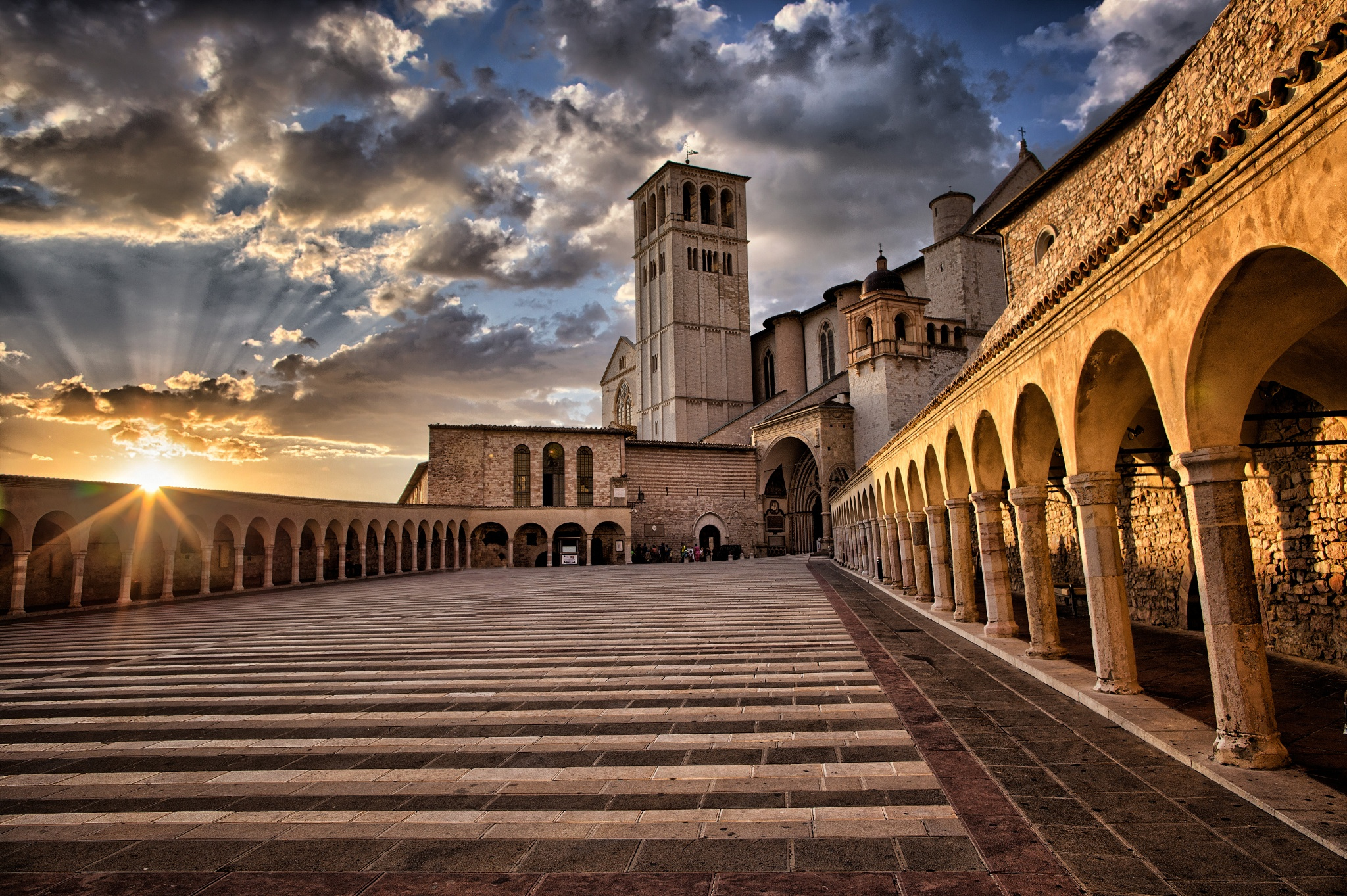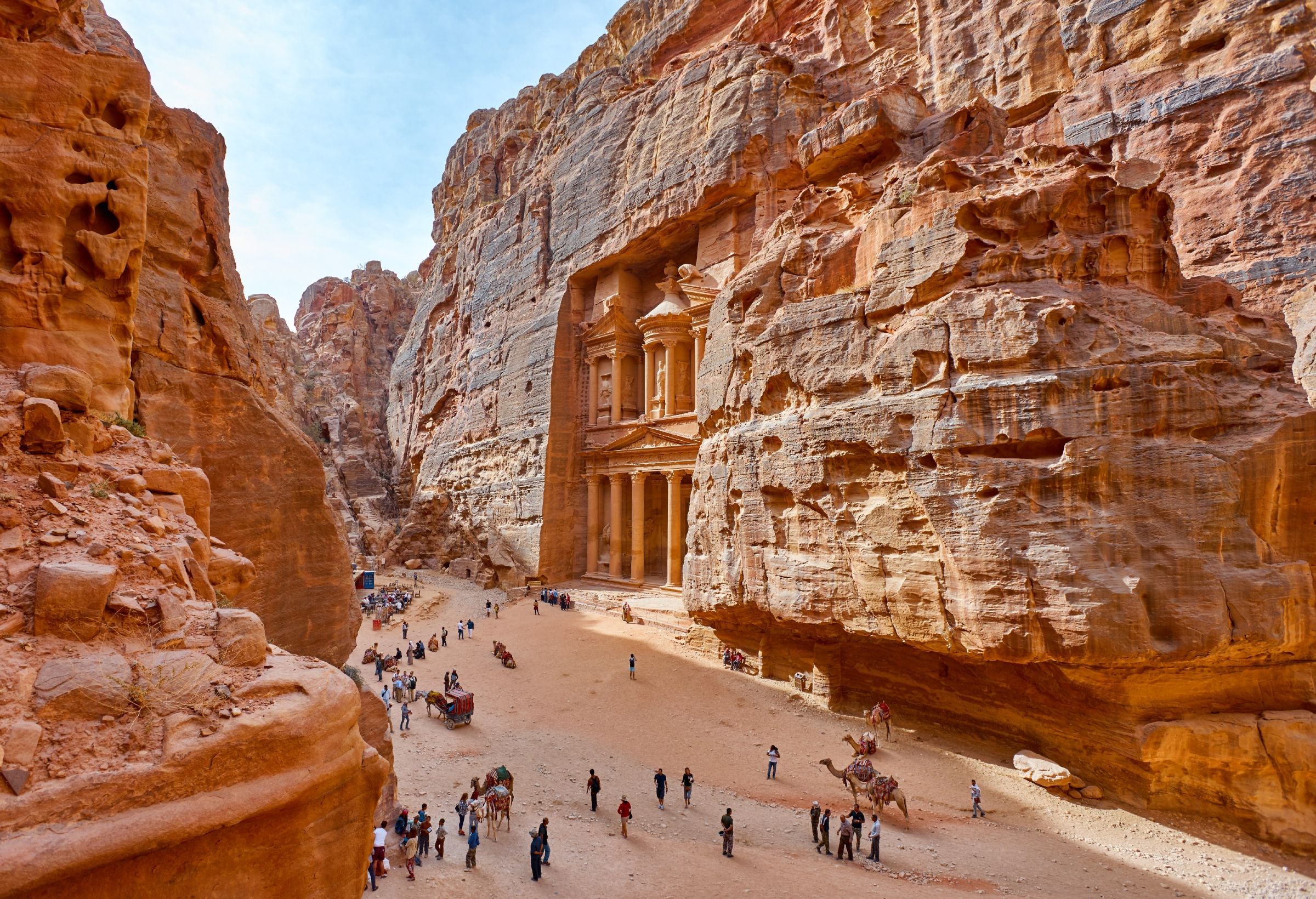The Longola archaeological park is one of Campania’s hidden treasures. It was discovered by pure chance in November 2000, when piles of waste soil were spotted in a landfill between Sarno and San Valentino Torio. This soil contained ceramic, faunal and wooden remains from the protohistoric period. After notifying the Pompeii Archaeological Superintendency, a team of archaeologists coordinated by Dr. Caterina Cicirelli began excavating the area.During the excavations, finds of extraordinary importance were discovered, including a series of dwellings stacked one on top of the other, dating from the late phase of the Middle Bronze Age to the early 6th century B.C., attributed to the Sarrasti people. Thanks to this discovery, it was possible to bridge the knowledge gap between the Bronze Age phases and the founding of Pompeii.The settlement, which would probably have had the function of a river port on the banks of the Sarno River, was characterized by many small islands of anthropogenic formation, squeezed into a mesh of canals of various sizes, bordered by articulated embankment/containment systems consisting of several alignments of piles and sheet piles driven vertically into the ground and/or arranged horizontally. The wood unearthed was in excellent condition and remains of huts and some boats were found.From the discovery of paleobotanical and paleofaunal remains it was possible to reconstruct the environmental context characterized by the presence of oak forests and abundant fauna including wildlife such as wild boars, bears, deer, etc. The local inhabitants had a good knowledge of hydraulic engineering and an understanding of the materials that could be used to build dwellings. The surface of the islets had been reclaimed and raised several times over the centuries using different techniques. The discovery of numerous semi-finished objects of common use and their associated scraps such as bronze, iron, amber and glass paste confirmed the aptitude of this community in the working of such materials and the exchange of prestige goods.Scholars speculate that the area was abandoned due to a flood in the early 6th century B.C., and that it was from this migration combined with that of the inhabitants of the upper Sarno valley that the ancient cities of Pompeii and Nuceria may have been born. The Longola archaeological park thus represents a unique testimony to the life and culture of these ancient communities.
